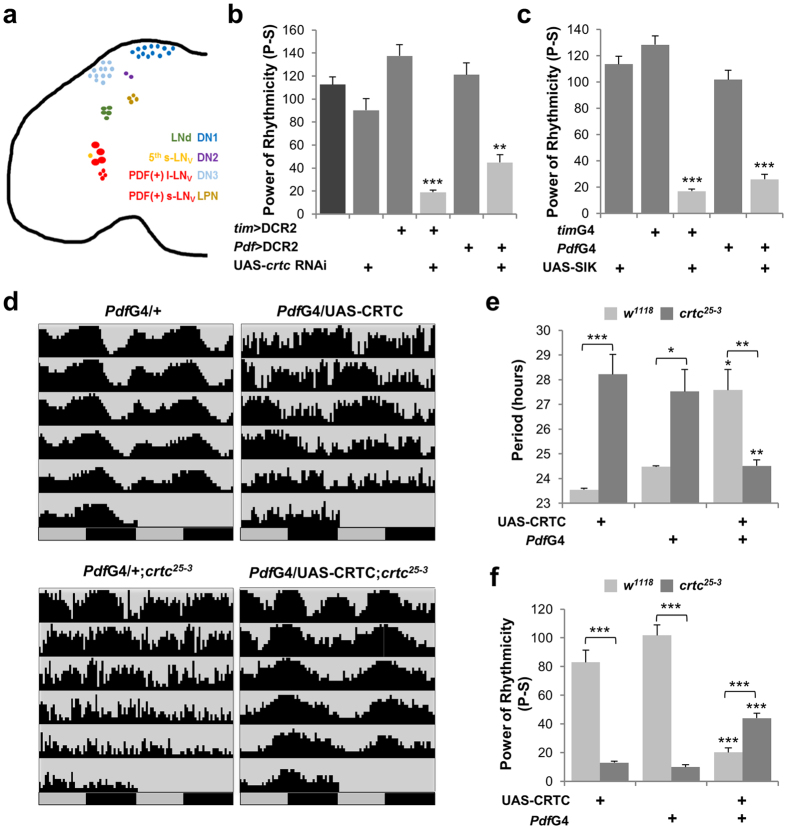Figure 2. Drosophila clocks are sensitive to the dosage of CRTC in PDF Neurons.
(a) Circadian pacemaker neurons in adult fly brain. tim-Gal4 is expressed in all clock neurons covering lateral neurons (LNs), dorsal neurons (DNs), and lateral posterior neurons (LPNs). Pdf-Gal4 is expressed specifically in PDF-positive large and small ventral LNs (l-LNv and s-LNv, respectively). LNd, dorsal LN; 5th s-LNv, a single s-LNv not expressing a PDF neuropeptide. (b) CRTC depletion in circadian pacemaker neurons leads to arrhythmic circadian behaviors. crtc RNAi transgene was co-expressed along with the RNAi-enhancing DCR2 by tim-Gal4 or Pdf-Gal4 driver. Rhythmicity in free-running locomotor behaviors in DD cycles was measured similarly as in Fig. 1d. **P < 0.01, ***P < 0.001 to controls heterozygous for Gal4 > DCR2 or UAS-crtc RNAi as determined by one-way ANOVA, Tukey post hoc test. Error bars indicate SEM. (c) SIK2 overexpression in circadian pacemaker neurons by tim-Gal4 or Pdf-Gal4 driver leads to arrhythmic circadian behaviors. ***P < 0.001 to controls heterozygous for Gal4 or UAS-SIK as determined by one-way ANOVA, Tukey post hoc test. Error bars indicate SEM. (d) CRTC overexpression in PDF neurons rescues 24-hour behavioral rhythms in crtc mutants. Averaged actograms in DD cycles were double-plotted with their genotypes on top. (e,f) Circadian periods and rhythmicity in DD locomotor behaviors were measured as above. *P < 0.05, **P < 0.01 and ***P < 0.001 to controls heterozygous for Pdf-Gal4 or UAS-CRTC in wild-type (light-gray bars) or crtc mutants (dark-gray bars) as determined by one-way ANOVA, Tukey post hoc test. Error bars indicate SEM.

